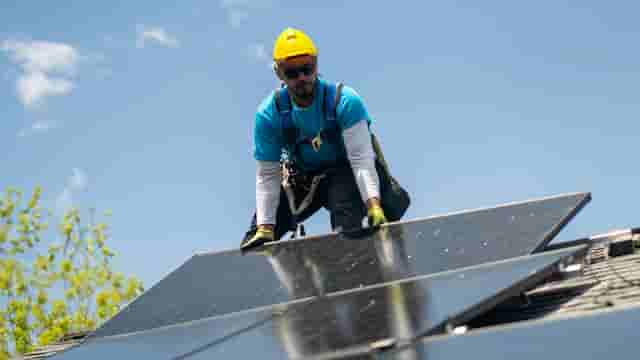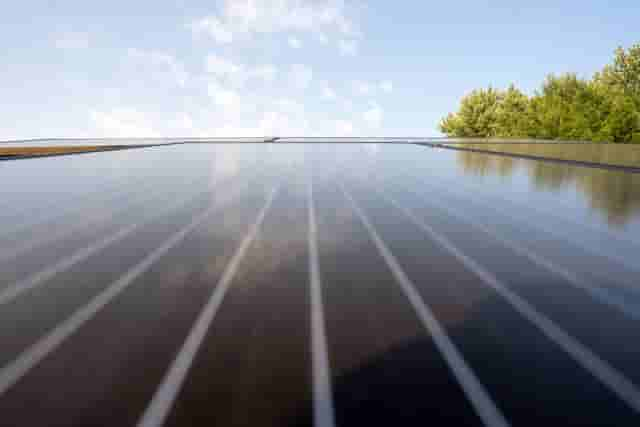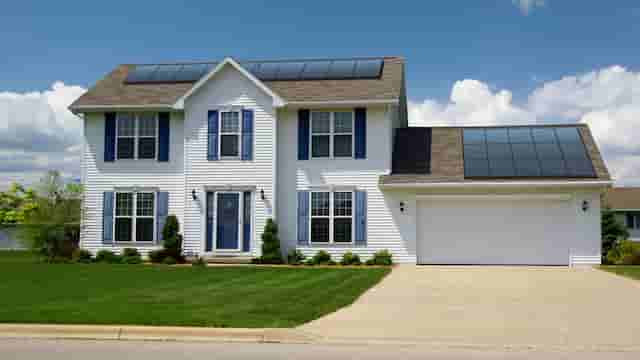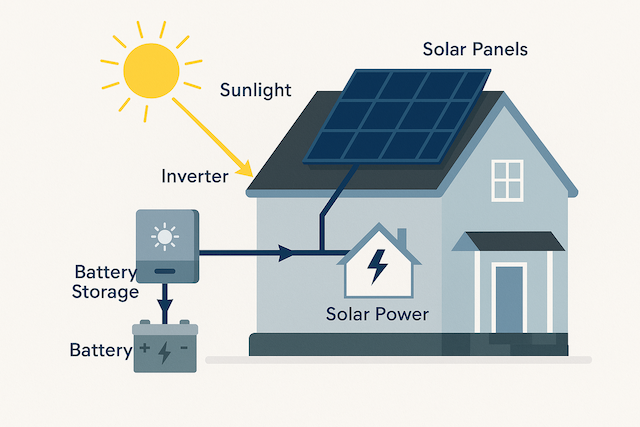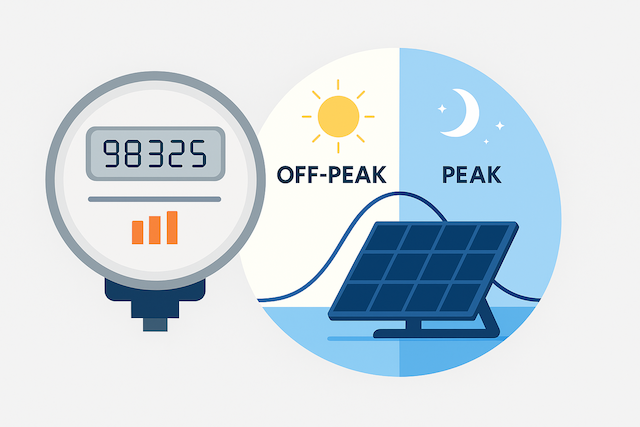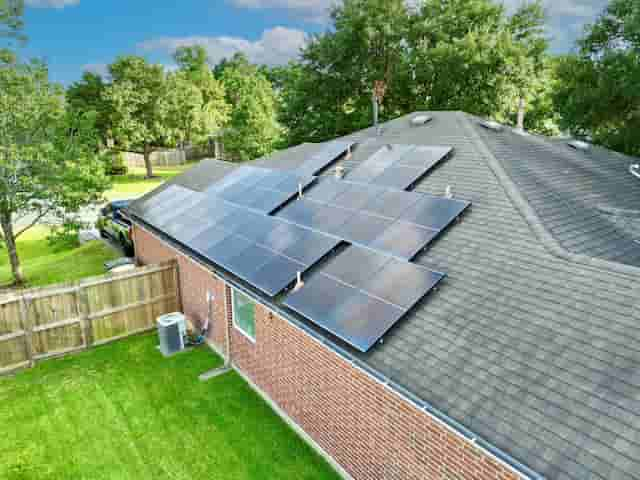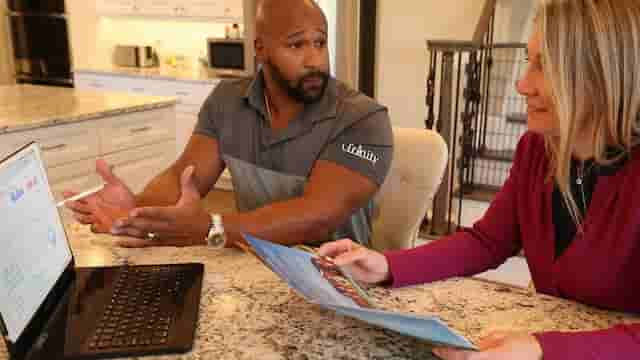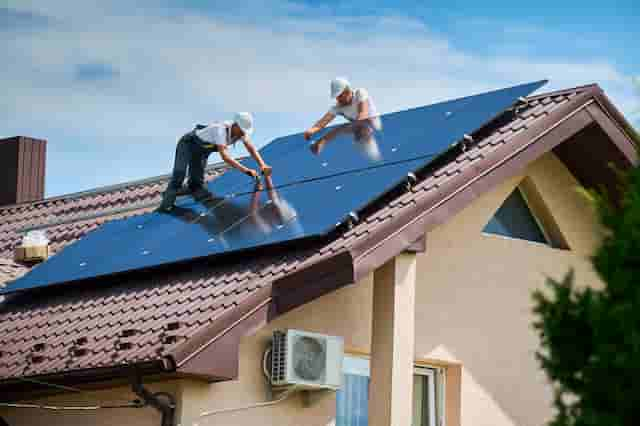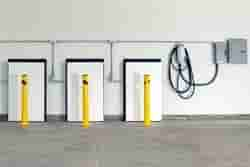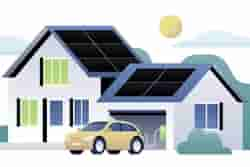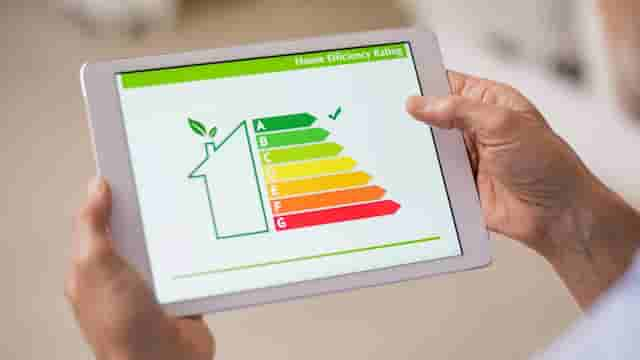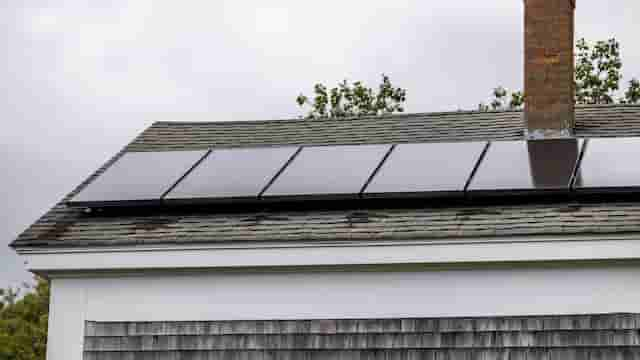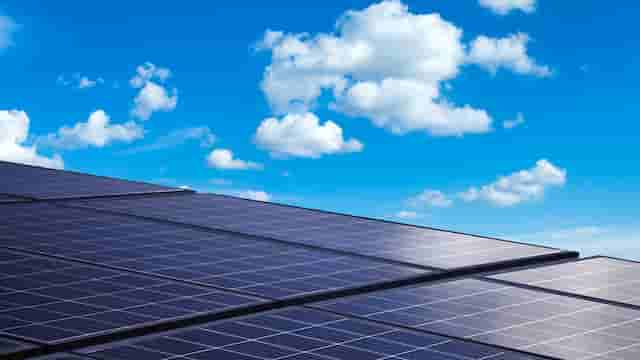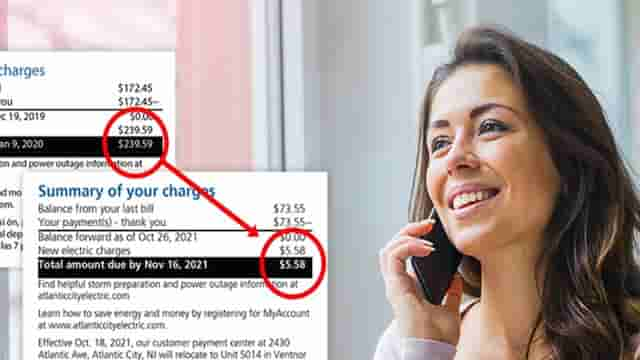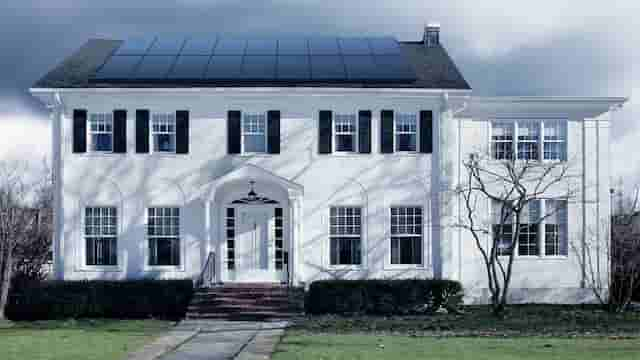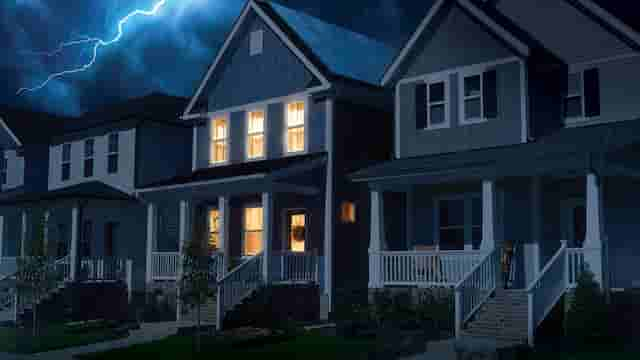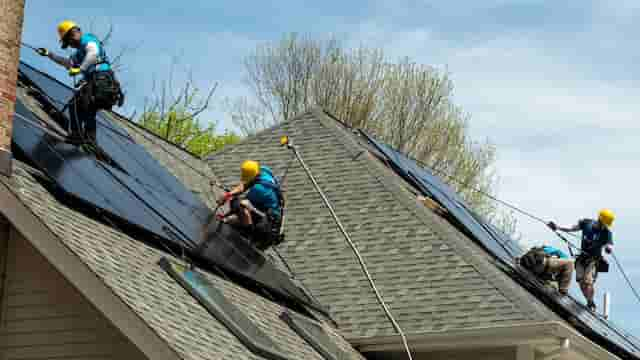If your electric bill has suddenly spiked, you're not imagining things. With energy costs on the rise across the country, homeowners are searching for answers—and ways to cut down on their monthly utility expenses. In this article, we’ll break down the most common causes of high electric and gas bills and explore how switching to solar can help you take back control.
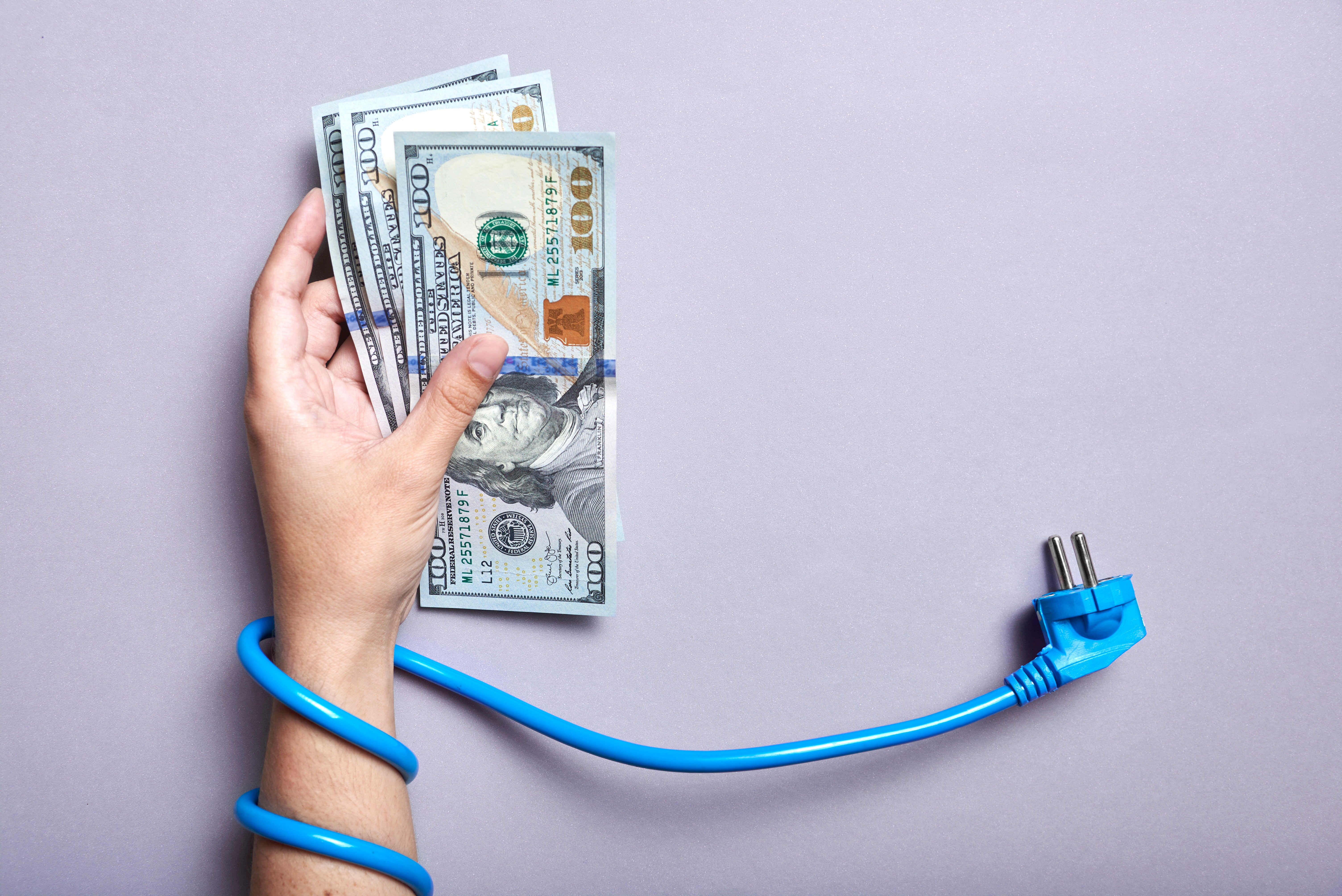
Reasons why your bill might be high
Understanding what drives your energy costs is the first step to lowering them. From inefficient appliances to seasonal spikes in heating or cooling needs, there are many reasons your bill could be creeping up.
1. Outdated appliances: Older appliances consume significantly more electricity than modern, energy-efficient models. For instance, traditional incandescent bulbs use far more energy than LEDs.
2. Phantom energy usage: Devices like TVs, chargers, and microwaves draw power even when they’re off. This is called “phantom load” and can account for up to 10% of your energy use.
3. Heating and cooling HVAC systems use a lot of energy, especially when filters are dirty or homes are poorly insulated.
4. Time-of-use rates Utilities may charge higher rates during peak hours. Running appliances during these periods (usually mid-afternoon to evening) increases your bill.
5. Utility rate increases Rates are going up across the country, especially in the Northeast where costs are already high.
How to diagnose the problem
Before making changes, it’s important to understand how you're using energy. A few simple tools and techniques can help you pinpoint the biggest contributors to your high bill.
- Compare usage over time: Look at your usage history month to month and year over year.
- Get an energy audit: Many utility companies offer free or low-cost home energy audits to identify problem areas.
- Use a power monitor: Plug-in devices or smart home energy monitors can show exactly which appliances are using the most electricity.
Tips to lower your electric bill
There are plenty of low-effort, high-impact ways to lower your energy use and save money—without sacrificing comfort.
- Unplug unused electronics: Or use smart power strips to eliminate phantom energy drain.
- Optimize your thermostat: Turning your thermostat down in the winter or up in the summer can save significantly on heating and cooling.
- Seal air leaks: Caulk around windows and weatherstrip doors to prevent drafts.
- Use natural light: Keep curtains open during the day to reduce the need for lighting.
Examples of rate increases
Even if your energy usage hasn't changed, your bill might still go up due to utility rate increases. These hikes can be substantial — and they’re often out of your control.
- In New York, residents saw their average ConEd bill increase by $154/month over five years.
- In New Jersey, the average residential electric bill could rise by as much as 20%.
Why switching to solar helps
If you're tired of unpredictable bills, going solar is one of the most reliable ways to take control of your energy costs. Solar power doesn’t just reduce your dependence on the grid — it offers long-term savings and protection against future rate hikes.
- Savings: Solar helps homeowners save in both the short and long term.
- Federal incentives: The 30% Federal Solar Tax Credit can significantly reduce installation costs.
- Energy independence By generating your own power, you're protected from the impact of fluctuating utility rates and grid instability.
Looking ahead
If you’re asking, “why is my electric bill so high?”—you’re already on the right track. By evaluating your energy use, implementing small changes, and considering long-term solutions like solar, you can take real steps to lower your bill and increase your peace of mind.
Ready to explore solar? Schedule a free consultation with a Solar Expert to learn how you can take control of your energy future.

